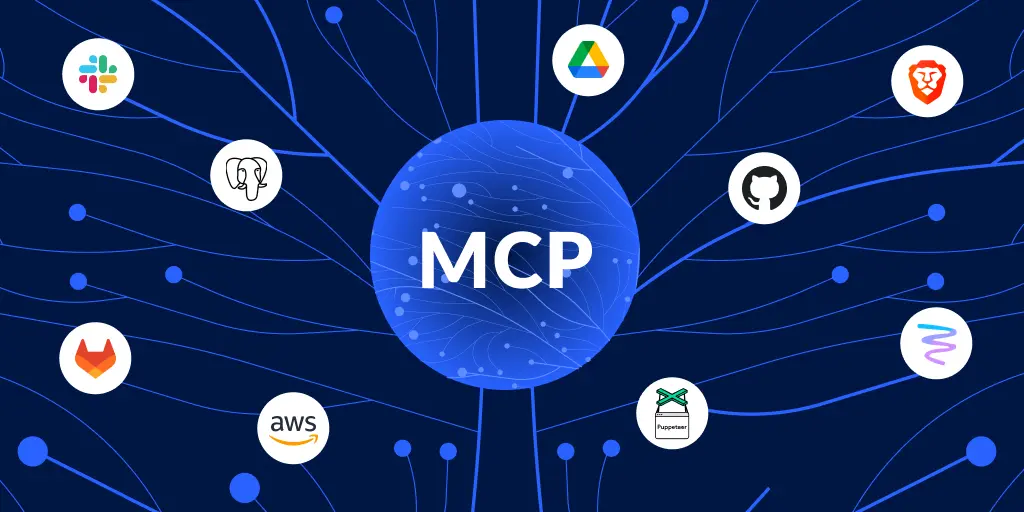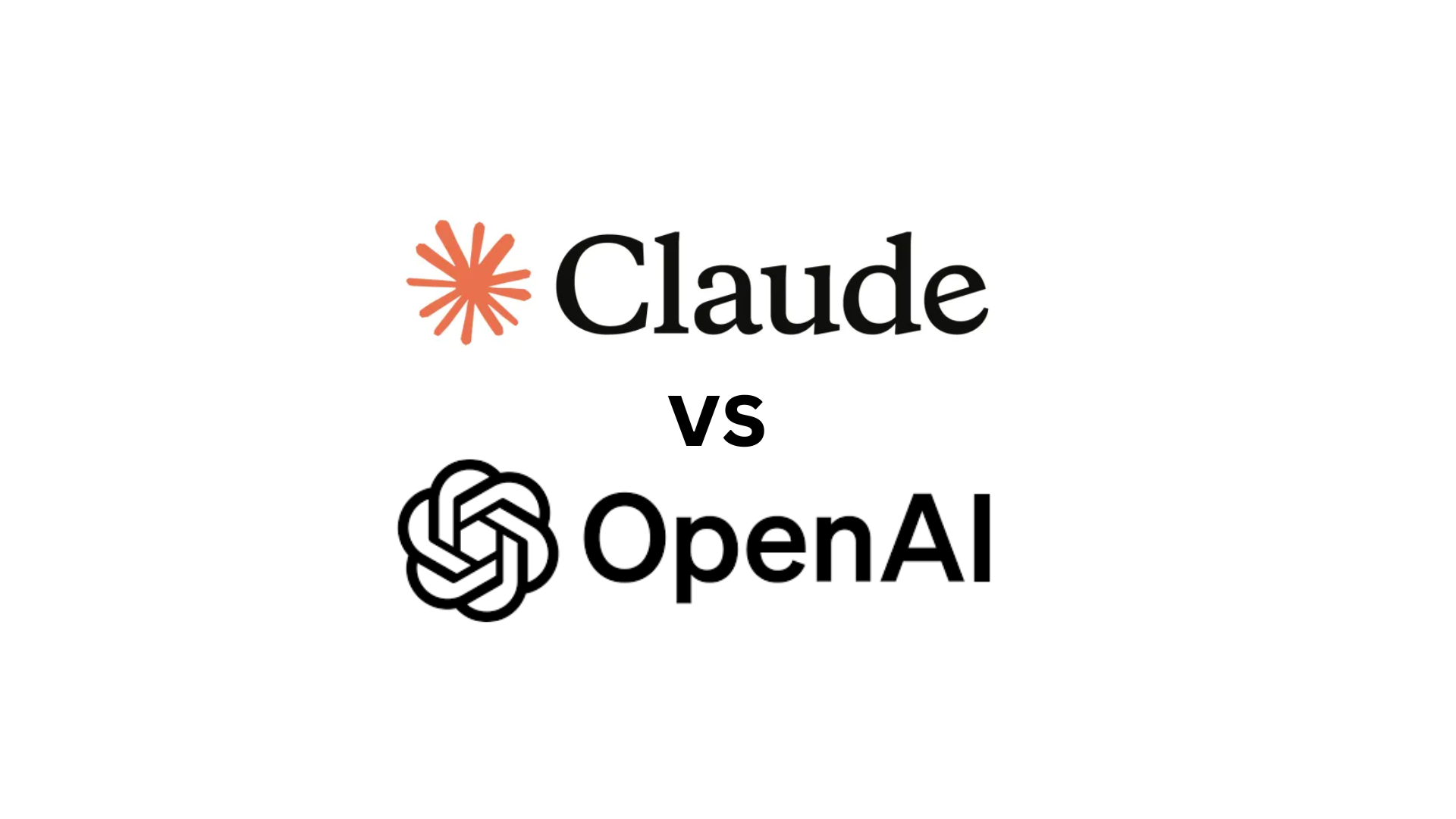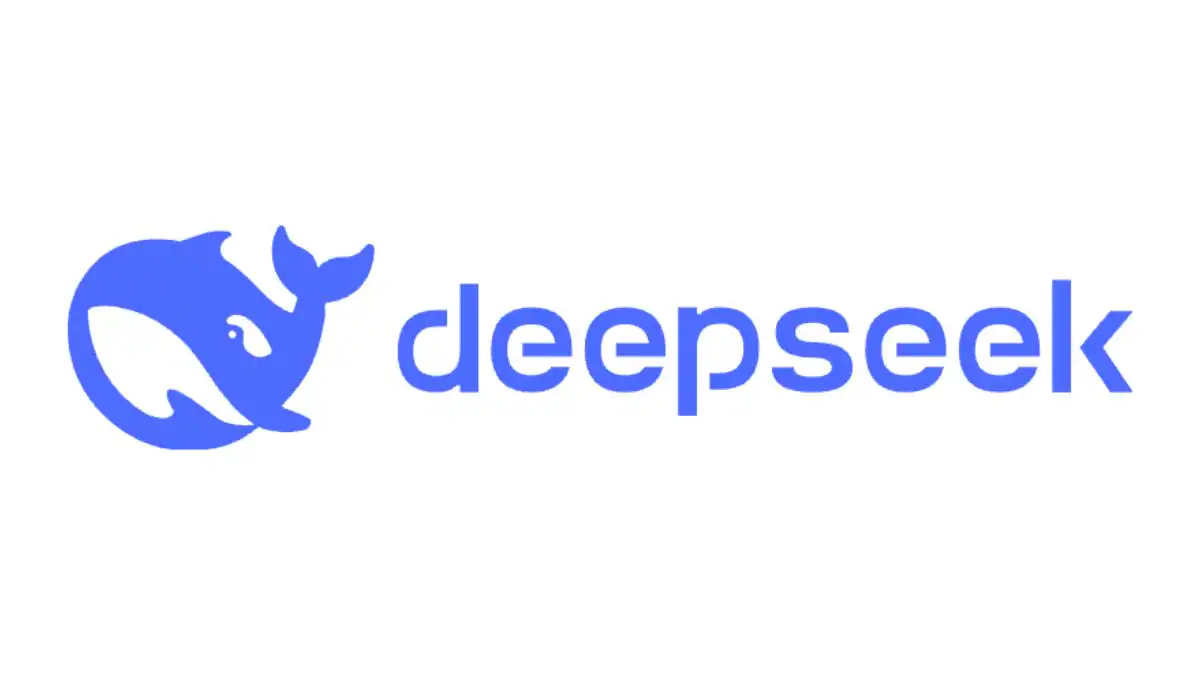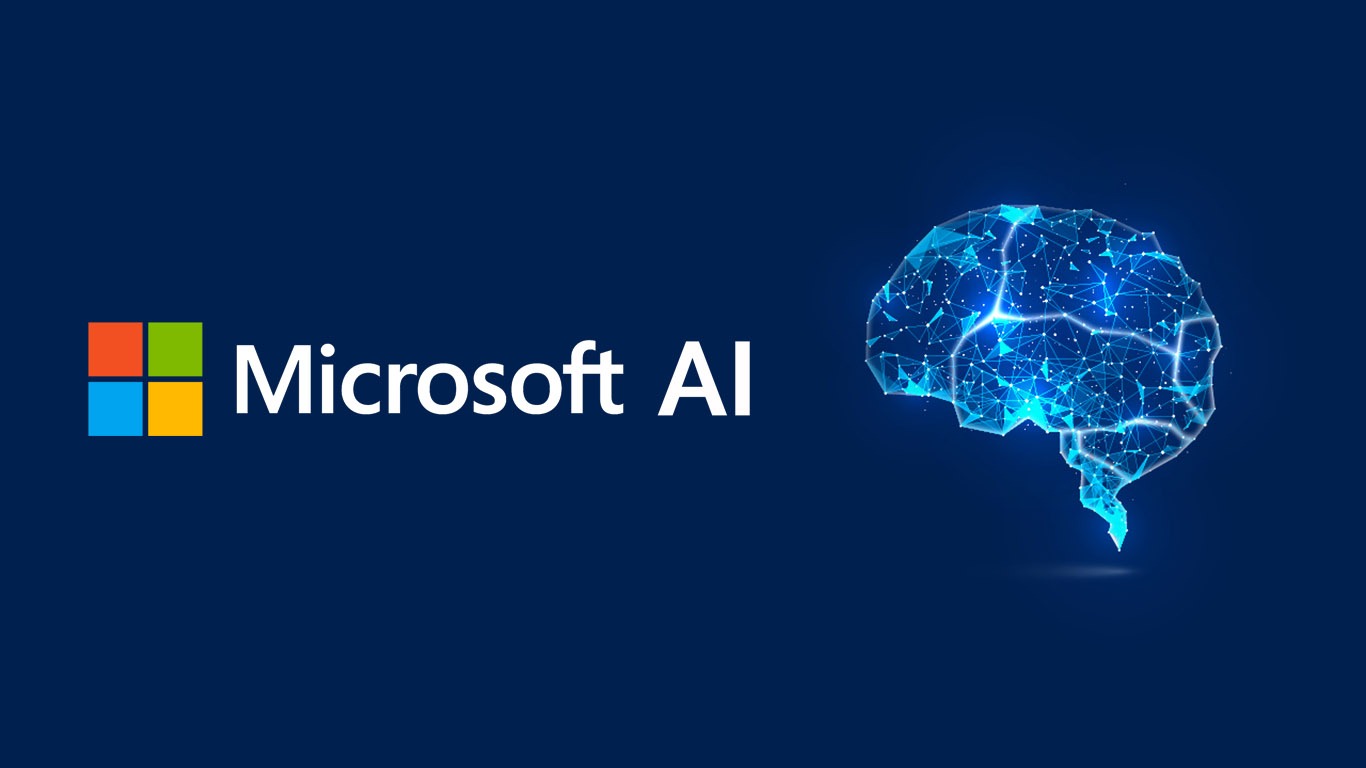The artificial intelligence industry is witnessing a transformative shift toward more capable, autonomous systems that can interact with diverse data sources and perform complex tasks with minimal human intervention. Two key developments at the forefront of this evolution are Anthropic’s Model Context Protocol (MCP) and the broader concept of AI agents. This analysis examines both technologies, their current state, and their potential development trajectories through 2030.
While often discussed separately, MCP and AI agents represent complementary approaches to solving similar problems in the AI ecosystem. MCP provides a standardized framework for connecting AI models to data sources and tools, while agents represent the autonomous systems that leverage these connections to perform tasks. Understanding their relationship, differences, and combined potential is crucial for stakeholders in the AI industry.
2. The Foundation: What is Anthropic’s Model Context Protocol (MCP)
Anthropic introduced the Model Context Protocol (MCP) in November 2024 as an open-source framework designed to simplify the integration of AI systems with diverse data sources and tools. MCP addresses a fundamental challenge in AI development: the “N×M integration issue” where connecting numerous AI applications with diverse tools and data sources requires custom code for each integration.
Key Features and Architecture of MCP
| Feature | Description | Benefit |
|---|---|---|
| Universal Protocol | Standardized framework for connecting AI to data sources | Eliminates redundant custom code |
| Client-Server Architecture | MCP Servers expose data/tools; MCP Clients access them | Enables modular, scalable integration |
| Prebuilt Servers and SDKs | Ready-made connectors for common platforms | Accelerates deployment and integration |
| Open-Source Design | Community-driven development and contributions | Fosters innovation and widespread adoption |
| Two-Way Connections | Bidirectional data flow between AI and sources | Enhances interactive capabilities |
MCP operates through a lightweight client-server architecture where:
-
MCP Servers: These are programs that expose specific capabilities or data sources through the standardized MCP framework. They can connect to local data sources (files, databases) or remote services via APIs.
-
MCP Clients: AI applications or tools that connect to MCP servers to access exposed data or functionalities. Examples include Claude Desktop, Cursor, and LibreChat.
The protocol enables direct, standardized connections to data sources, allowing AI systems to retrieve relevant information more efficiently, leading to faster and more accurate responses. By providing a unified framework, MCP facilitates seamless interaction between different AI models and data repositories, promoting a more cohesive and integrated AI ecosystem.
3. The Rise of AI Agents: Definition and Evolution
AI agents are self-governed systems designed to perceive their environment, make decisions, and take actions to achieve specific goals. Unlike traditional software that follows predetermined paths, agents can adapt their behavior based on environmental feedback and learning.
Types and Capabilities of AI Agents
| Agent Type | Key Characteristics | Example Applications |
|---|---|---|
| Simple Reflex | Responds to current inputs only | Basic chatbots, rule-based systems |
| Model-Based | Maintains internal state representation | Virtual assistants with memory |
| Goal-Based | Works toward defined objectives | Task automation tools |
| Utility-Based | Optimizes for best outcomes | Investment algorithms, recommendation systems |
| Learning | Adapts behavior through experience | Autonomous trading agents, adaptive customer service |
| Hybrid | Combines multiple agent types | Enterprise-grade AI assistants |
The development of AI agents has been accelerated by advancements in large language models (LLMs) like Claude 3.7, which demonstrated remarkable capabilities in complex tasks such as converting a 4,269-line JavaScript application to Vue 3 in a single session. This level of performance indicates the growing sophistication of AI agents in understanding context, maintaining state across interactions, and executing complex workflows.
By 2030, the AI agent market is projected to reach $47.1 billion, driven by their ability to reduce operational costs by up to 30% and boost productivity by 30% to 45% in sectors like finance and customer service. This growth reflects the increasing value proposition of agents as they become more capable of handling complex tasks autonomously.
4. Comparative Analysis: MCP vs. Traditional Agent Frameworks
To understand the relationship between MCP and AI agents, it’s important to recognize that they serve different but complementary functions in the AI ecosystem. MCP is not an alternative to agents but rather an enabling infrastructure that can enhance agent capabilities.
| Aspect | Traditional Agent Frameworks | Model Context Protocol (MCP) |
|---|---|---|
| Primary Function | End-to-end agent orchestration | Standardized data/tool connectivity |
| Architecture | Often monolithic, tightly coupled | Modular, lightweight, client-server |
| Integration Approach | Custom connectors for each data source | Universal protocol across data sources |
| Development Complexity | Higher (requires agent logic + integrations) | Lower (focuses only on connectivity) |
| Flexibility | May be limited by framework design | Highly adaptable across different AI systems |
| Interoperability | Often vendor-specific | Works across different AI models and platforms |
| Resource Requirements | Generally higher | More efficient, reduced overhead |
MCP enables a “standardized and lightweight approach to achieve interoperability without resorting to more heavy-handed agentic frameworks”. This suggests that MCP provides a more efficient alternative to some aspects of traditional agent frameworks, particularly in how they connect to external systems.
The key advantage of MCP is that it solves the integration complexity problem while allowing developers to build agents that can leverage these standardized connections. As noted in the sources, “MCP enables AI systems to retain context across tools and datasets, further improving functionality”, which is a critical capability for effective agents.
5. Current Implementation and Industry Adoption
Both MCP and agent technologies are seeing significant adoption across various industries, with companies leveraging these tools to enhance productivity and create new capabilities.
MCP Adoption and Use Cases
| Organization | Implementation | Impact |
|---|---|---|
| Block | Integrated MCP into workflows | Enhanced productivity and scalability |
| Apollo | Adopted MCP for system integration | Improved operational efficiency |
| Replit, Codeium, Sourcegraph | Working with MCP to enhance platforms | Better code generation with fewer attempts |
| SendAI | Implemented MCP for Solana blockchain | Streamlined Web3 application development |
| Research Community | Using Needle + Claude MCP | Transforming research synthesis and discovery |
MCP has been particularly valuable in research contexts, where tools like “Needle and Claude MCP are redefining how researchers approach synthesis, discovery, and collaboration”. Users have reported leveraging these tools to “push the boundaries of cross-paper analysis”, highlighting the potential of MCP to enhance knowledge work.
In the financial sector, MCP has enabled the development of AI trading agents that can monitor social media posts for economic interactions affecting exchange rates. This demonstrates MCP’s ability to facilitate complex, multi-source data integration for real-time decision-making.
Agent Development and Deployment
The development of AI agents has been accelerated by advancements in foundation models like Claude 3.7, which has shown remarkable capabilities in coding tasks. As one user reported: “Claude 3.7 successfully converted a complex vanilla JS app to a Vue 3 app with proper component structure, Pinia stores, Vue Router, and even implemented drag-and-drop functionality”. This level of performance indicates the growing sophistication of AI agents in understanding context and executing complex workflows.
Claude 3.7’s performance in code tests, where it “beat all competitors by a margin of 12% to 20%”, demonstrates the rapid advancement in agent capabilities. This progress is driving adoption across industries, with companies leveraging these tools to automate complex tasks and enhance productivity.
6. Future Trajectory: MCP and Agents from 2025-2030
Based on current trends and projections from the source materials, we can anticipate several key developments in the evolution of MCP and AI agents through 2030.
| Timeline | MCP Development | Agent Development | Combined Impact |
|---|---|---|---|
| 2025-2026 | Expansion of prebuilt servers, growing ecosystem | Specialization in domain-specific tasks | Enhanced productivity in targeted sectors |
| 2027-2028 | Integration with emerging technologies (quantum, blockchain) | Multi-agent collaboration capabilities | Complex workflow automation across domains |
| 2029-2030 | Decentralized MCP infrastructure, global standards | Autonomous decision-making, predictive capabilities | Transformation of knowledge work and creative industries |
Key Trends and Projections
-
Multi-Agent Collaboration: By 2030, “multiple AI agents will work together across different sectors like healthcare and logistics to solve complex challenges more effectively”. MCP will likely play a crucial role in facilitating this collaboration by providing standardized interfaces between agents and data sources.
-
Continuous Adaptation: Agents will “remain up-to-date through continuous adaptation to new data and user patterns without needing manual retraining”, improving both responsiveness and accuracy. MCP’s ability to provide standardized access to diverse data sources will be essential for this adaptation.
-
Predictive Capabilities: Future AI agents will “independently evaluate situations and forecast results before taking preemptive actions”. This capability will be enhanced by MCP’s ability to connect agents to relevant data sources and analytical tools.
-
Personalization: AI systems will “deliver personalized interactions by utilizing enhanced contextual understanding alongside memory retention to create optimized user experiences”. MCP’s context retention capabilities across tools and datasets will be crucial for this development.
-
Web3 Integration: MCP’s “ability to bridge LLMs with blockchain data or Web3 tools (e.g., wallets, decentralized apps, or DAOs) could streamline automation, enhance decision-making, and enable AI agents to perform tasks like executing transactions or querying on-chain data”. This integration will open new possibilities for autonomous financial agents and decentralized applications.
7. Challenges and Limitations
Despite their promising potential, both MCP and agent technologies face significant challenges that could impact their development trajectory.
| Challenge | MCP-Specific Issues | Agent-Specific Issues | Potential Solutions |
|---|---|---|---|
| Competition | Proprietary alternatives from major players | Fragmented agent frameworks | Open standards, community collaboration |
| Performance | Must demonstrate significant improvements | Balancing autonomy with reliability | Continuous benchmarking, hybrid approaches |
| Security | Data access vulnerabilities | Potential for harmful autonomous actions | Zero-trust architectures, safety frameworks |
| Adoption Barriers | Integration with legacy systems | Trust and control concerns | Gradual implementation, human oversight |
| Ethical Concerns | Data privacy across integrations | Decision-making transparency | Governance frameworks, explainable AI |
MCP faces competition from “proprietary solutions by rivals like OpenAI, which may prefer closed ecosystems”. Its adoption rate will depend on “the protocol’s ability to demonstrate significant performance improvements and address gaps in existing systems”.
For AI agents, a key challenge is reliability and consistency. As one developer noted: “I just started a new (kinda simple) project with roo code and claude 3.5 sonnet… it can’t even install tailwind because it is a new version or whatever has changed the way it works and it won’t even compile and it runs in circles”. This highlights the ongoing challenges in developing agents that can reliably handle evolving technical environments.
8. Conclusion: The Symbiotic Future of MCP and Agents
The analysis of MCP and AI agents reveals a symbiotic relationship rather than a competitive one. MCP provides the standardized connectivity layer that enables agents to access diverse data sources and tools efficiently, while agents provide the intelligent orchestration layer that leverages these connections to perform valuable tasks.
Key Findings
-
Complementary Technologies: MCP and agents address different aspects of the AI ecosystem challenge – connectivity and autonomy, respectively.
-
Accelerating Development: MCP’s standardized approach reduces integration complexity, allowing developers to focus on enhancing agent capabilities rather than building custom connectors.
-
Market Growth: The projected $47.1 billion AI agent market by 2030 will likely be significantly enabled by MCP-like protocols that facilitate seamless data integration.
-
Industry Transformation: Together, MCP and agents have the potential to transform industries by enabling more sophisticated, context-aware AI systems that can handle complex tasks autonomously.
-
Open Ecosystem: MCP’s open-source nature promotes innovation and collaboration, potentially leading to a more diverse and robust agent ecosystem than would be possible with proprietary approaches.
The future of AI will likely be shaped by the continued evolution and integration of these complementary technologies. As MCP matures and agent capabilities advance, we can expect to see increasingly sophisticated AI systems that can seamlessly access diverse data sources and autonomously perform complex tasks across domains. This development has the potential to democratize AI development by lowering barriers to entry and fostering innovation across various sectors.




